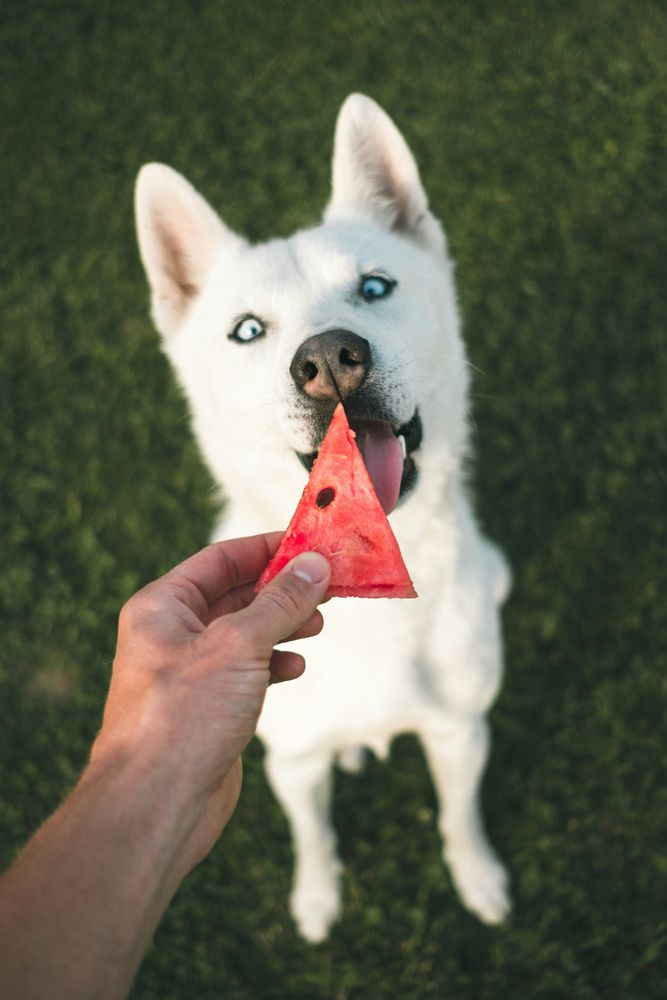
Why Your Dog May Weigh More After Switching from Kibble to Fresh Pet Food
If you’ve recently made the switch from traditional dry kibble to fresh pet food, you might notice something surprising at your next vet visit: your dog’s weight has gone up. Before you panic and assume your pup is gaining unhealthy pounds, it’s important to understand that this change is both common and, in many cases, completely normal. The reason often lies in the differences between kibble and fresh food-especially when it comes to moisture content and how pet food is measured. Let’s dive into why this happens and what it really means for your dog’s health.
The Big Difference: Moisture Content
One of the most significant differences between kibble and fresh pet food is the amount of water each contains. Kibble is extremely low in moisture, typically containing only about 10% water. Fresh pet food, on the other hand, can contain anywhere from 60% to 80% moisture. This means that a serving of fresh food is much heavier than the same caloric serving of kibble, simply because it contains more water.
What Does This Mean for the Scale?
When you feed your dog fresh food, you’re giving them more water with every meal. Water adds weight, but not calories. So, your dog’s body may retain more water, and their overall body weight may increase-even if their actual fat or muscle mass hasn’t changed. This is similar to how a person might weigh more after drinking a big glass of water, even though they haven’t gained any fat.
Understanding “As Fed” vs. “Dry Matter” Basis
Pet food can be confusing because labels and feeding guidelines often use different ways to measure nutrients and calories. Kibble is measured on a mostly dry basis, while fresh food is measured “as fed,” which includes all that extra moisture.
- As Fed Basis: This is the weight of the food as you serve it, including water.
- Dry Matter Basis: This is the weight of the food with all the water removed.
When you compare the two, fresh food will always seem heavier because of its high moisture content. If you were to remove all the water and compare the dry matter, the actual amount of food (and calories) would be much closer between kibble and fresh food.
The Perception of “Weight Gain”
It’s easy to see a higher number on the scale and worry that your dog is putting on unhealthy weight. However, if your dog’s body condition looks good-meaning you can still feel their ribs, they have a visible waist, and they’re energetic and happy-then the extra weight is likely just water.
Some pet parents also notice that their dog’s stool is softer or more voluminous after switching to fresh food. This is also due to the higher water content and increased fiber found in many fresh diets, which can be a sign of improved digestion rather than a problem.
Other Factors That May Affect Weight
While moisture is the main reason for the scale change, there are a few other things to keep in mind:
- Transition Period: Dogs’ bodies may adjust to the new food over a few weeks, and some temporary fluctuations in weight are normal.
- Calorie Density: Fresh food is often less calorie-dense than kibble, so your dog may need to eat a larger volume to get the same number of calories.
- Muscle Mass: Some fresh diets are higher in protein, which can help your dog build lean muscle, a healthy type of weight.
How to Monitor Your Dog’s True Health
Instead of focusing solely on the number on the scale, look at your dog’s overall health:
- Body Condition: Can you feel their ribs without pressing too hard? Do they have a clear waist?
- Energy Levels: Are they playful and active?
- Coat and Skin: Is their fur shiny and their skin healthy?
- Digestion: Are they having regular, healthy bowel movements?
If the answer to these questions is yes, your dog is likely thriving on their new fresh food diet-even if they weigh a little more.
Tips for a Smooth Transition
- Weigh Food, Not Just Your Dog: Use a kitchen scale to measure portions accurately, as fresh food can be deceptively heavy.
- Track Progress: Take photos and keep notes on your dog’s body shape, energy, and coat condition.
- Consult Your Vet: If you’re unsure about your dog’s health or weight, your veterinarian can help you assess their body condition and make dietary adjustments if needed.
Switching from kibble to fresh pet food is a wonderful way to provide your dog with wholesome, high-moisture meals that support their overall well-being. If you notice your dog weighs a bit more after the switch, remember that it’s likely due to the increased water content in their food-not excess fat. Focus on your dog’s body condition, energy, and happiness, and enjoy the benefits that fresh, nutritious food can bring to your best friend’s life.
With a little understanding, you can confidently make the best dietary choices for your dog and celebrate their health-no matter what the scale says!